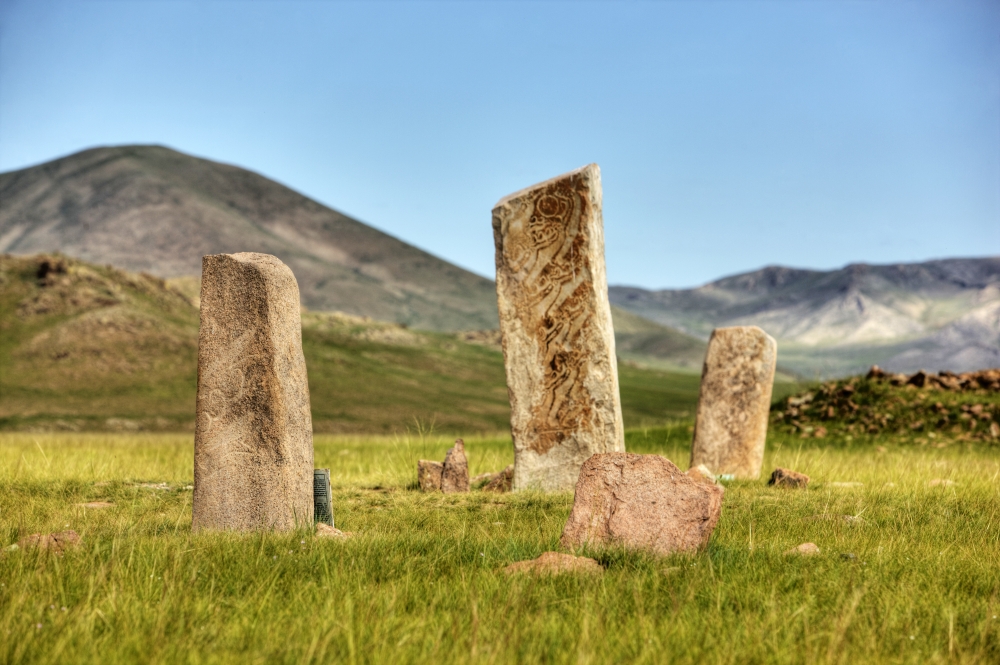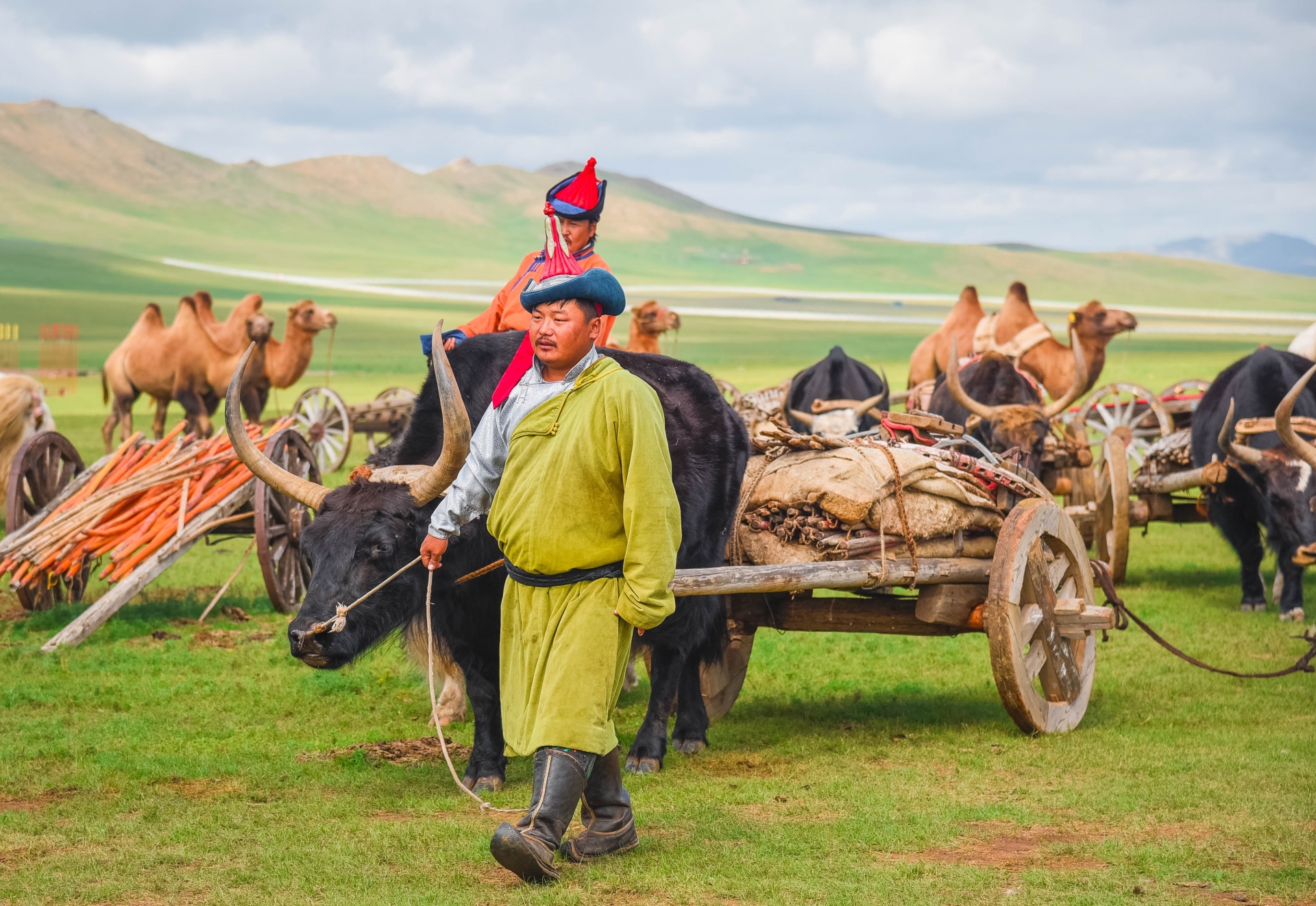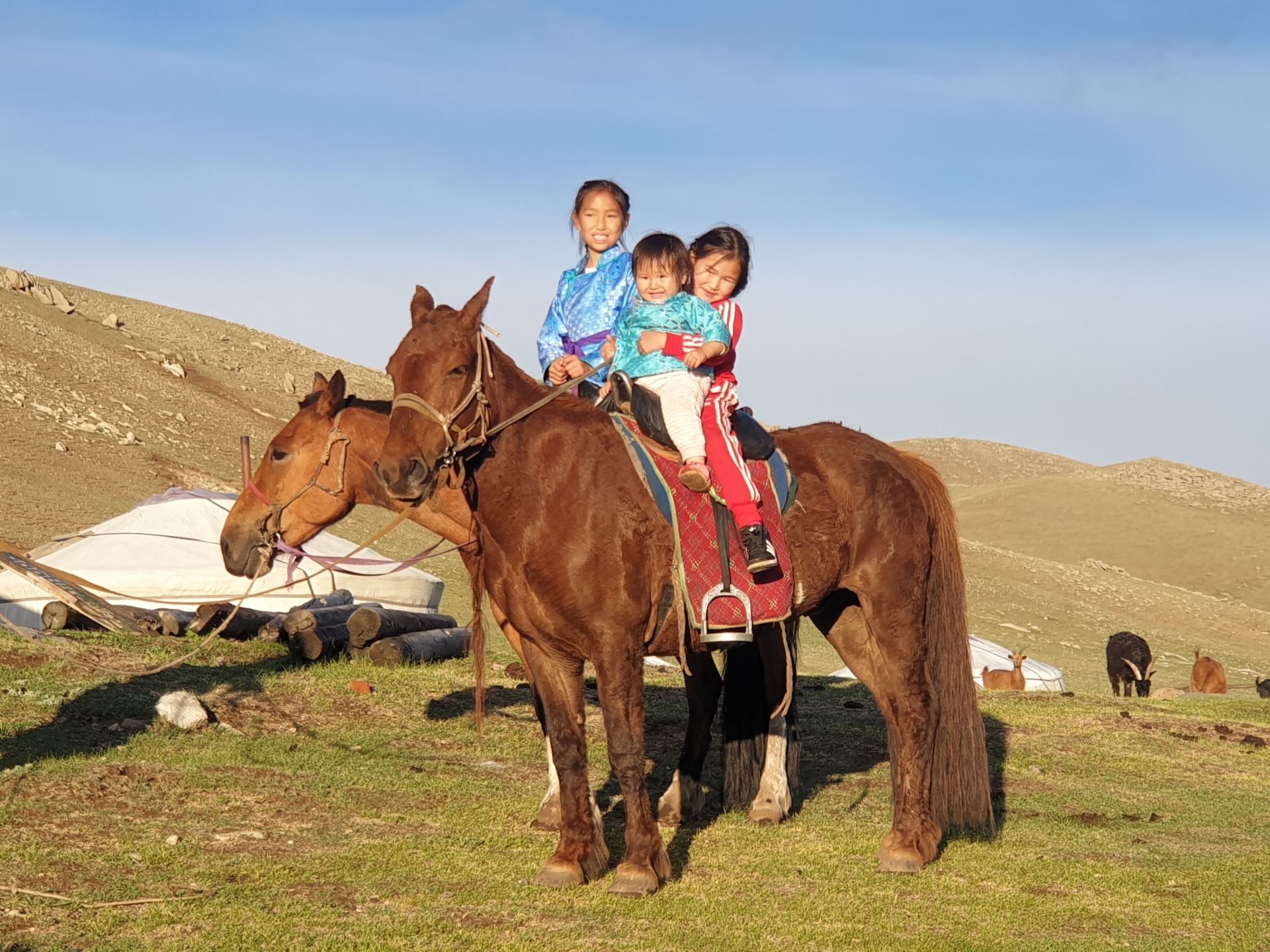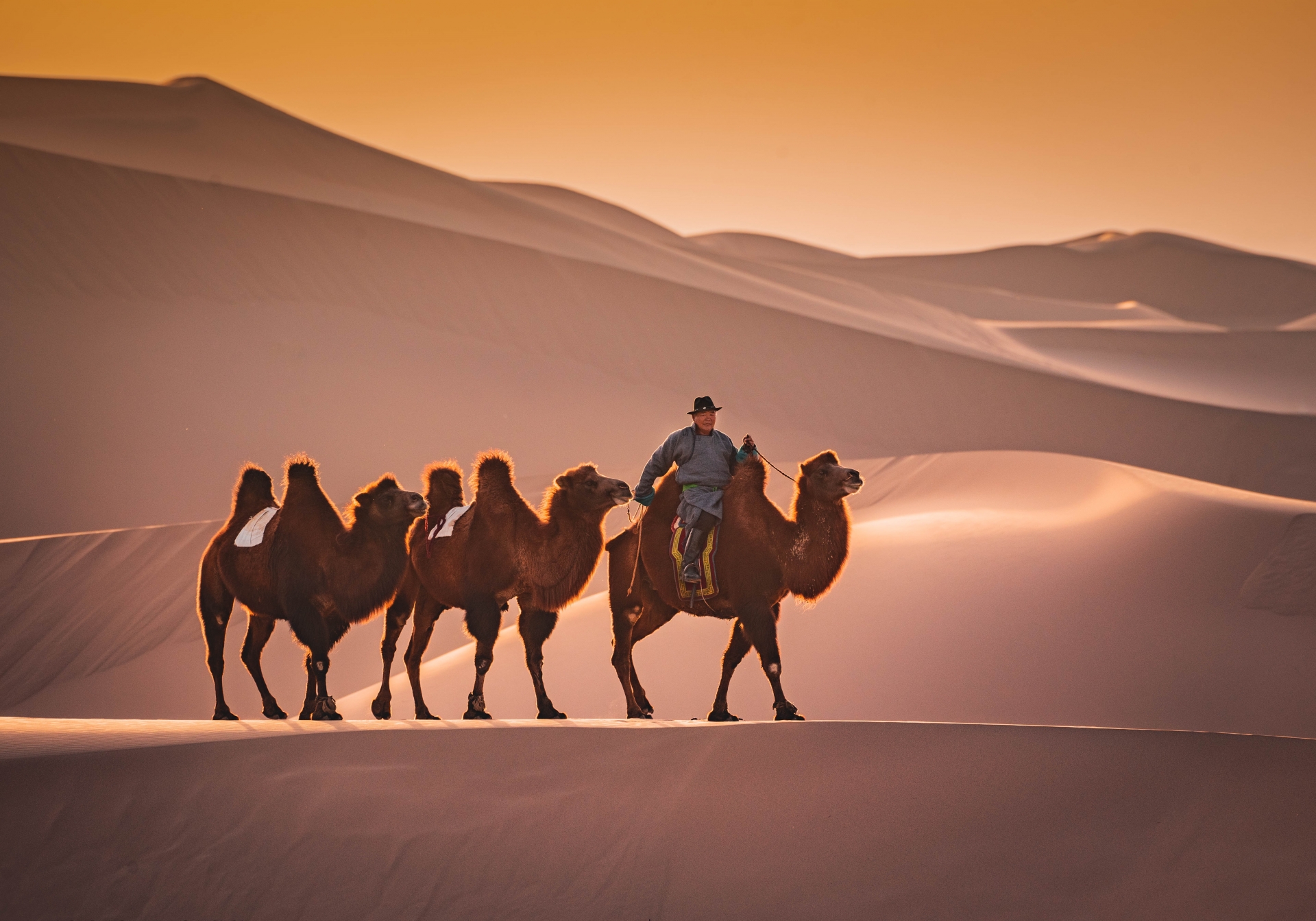Main Text
Northern Mongolia has attracted the hearts and minds of many travelers throughout the year.
Northern Mongolia is home to the tall mountains of Khangai and Sayan, Khuvsgul lake that shimmers like a borderless blue pearl, the Darkad Tsenkher depression (a huge valley of rivers flowing from high mountains), and deer stones. The Taiga’s nomads, reindeer herders by trade, live here. In the deep forests of the mountains they worship the sky and nature. The Khotgoid ethnic group whose pride is their fast-flowing Tes river, Khalkh people who worship their picturesque mountains, and the hard working Darkhad people all live in this area.
KHUVSGUL LAKE
Mongolia is part of the Amur river basin that contains more than 300 rivers and 26 large lakes. The seemingly boundless Khuvsgul lake, which Mongolians call 'Mother Sea', has a secret trail that you can walk along. The lake is 2 million years old and makes up 0.4 percent of the world’s fresh water reserve. Its deepest point is 262 meters. During sunset, the lake looks like a clear mirror. When the sun rises the lake sparkles like the colors of the rainbow. Khuvsgul is the deepest and largest freshwater lake in Mongolia. During the harsh, cold, winter the lake attracts visitors with its calmness. The annual Ice Festival provides a unique opportunity for people to experience the lake when it’s frozen and take part in a range of Mongolian games. A visitor to the ice festival, Joanne Baxter, shared her experience: “ I really liked the Ice Festival. The amazingly clean water of the lake looks like crystal when it’s frozen. I never imagined what can be done here, how hard the ice is and how tolerant it is to warm weather. When I saw how people rode yak carts, many games were organized and heavy luggage was carried on yak carts on Khuvsgul lake’s ice, I had a feeling that this ice never melts. Making a bonfire on the ice just shocked me. Are you also surprised that fire doesn’t melt the ice? Of course, after a few hours the bonfire area became water. But that ice was as thick as fire resistant construction material. We visited an ice bar with ice furniture. It was truly amazing to see how ice was made into all those shapes.”


TAIGA NOMADS – REINDEER HERDERS
An interesting ethnic group lives in the northern boundary of Mongolia, in the basin of the Tengis, Sharga and Shishged rivers and in the mountains of the Jams and Ulaan taiga. They are the Tsaatan people, or reindeer herders. They have unique traditions and lifestyles. They live far away from civilization and the progress of the modern world, herding their reindeer in deep forests, where it’s 27 degrees celsius in summer and -55 to -60 degrees celsius in winter. Reindeer herders move 50 to 70 km between their spring and autumn camps. They originated from Uighurs, who lived in the great Tagna and Soyon taiga. Over the generations, they created this nomadic lifestyle. Uighurs, or Tsaatan people, carry the genes of the ancient Mongolian Uighur Kingdom. One of the authentic heritages of their culture is the urts, their traditional dwelling. There are some set rules and traditions of how and where to build them. They are mostly made of larch wood, covered by reindeer skin and bark.
KHORIDOL SARIDAG
The Khoridol mountain range combines meadows, steppe, and taiga. It is one of the rare places that has been left truly untouched. Many rivers begin in these mountains, including the Arsai river that flows from 70 meters above sea level and turns into the highest waterfall in the country. However, this waterfall flows only when it rains. The Khoridol mountains are separated from the Bayan mountain range by the Arsai Passage. The Darkhad Depression side of this range is very steep.


DEER STONES “UUSHGIIN UVUR” (MEGALITHS)
In a large valley between the mountains there are 14 deer stones. It’s rare to see so many of them in one place. These deer stones are made of granite and range between 2.3 and 4.8 meters in height, up to 1 meter wide, and 50 cm thick. The deer's head usually faces the sky as ancient nomads thought of deer as heavenly animals. The front of the stone is decorated with images of the sun and moon followed by the image of the deer, and a wide belt-like decoration. Deer stones also include images of ancient belongings, such as bows and arrows, mirrors, pentahedron shields, tools, knives with round mirror like ornamentation, and unknown long weapons. Some rare stones have images of two deer opposite each other, facing the foundation.
SHAMANISM
Shamanism originates from a philosophy of living in harmony with nature and worshiping the sky. A shaman is someone who has and leverages power that can’t be seen by ordinary people. Male shamans are called zairan and female ones are called udgan. When a shaman conducts rituals, the power that takes them over is a spirit. A shaman is the spirit’s messenger, conduit, its ambassador on earth, and interpreter between the human and the spirit world. Shamans are classified as sky-riding, nymph-riding, or spirit-riding. Worshippers of the sky believe that the sky, earth, nature, and spirits of ancestors protect us, and that Father Eternal Blue Sky and Mother Earth have created and rule the universe. This belief of theirs and their respect for the values of living in harmony with nature, keeping its balance, reviving the aura of humans, and living in line with truth and purity serve as a bridge between nature and humanity. To experience shamanist rituals please visit Khuvsgul, Khentii,and Zavkhan provinces. To experience shamanist rituals please visit Khuvsgul, Khentii,and Zavkhan provinces.










